La surexploitation des nappes phréatiques
L’eau est l’une des ressources les plus rares du désert, ce qui en fait l’une des plus précieuses et donc, des plus convoitées. Les oasis et puits artésiens, tous deux naturels, sont basés sur des eaux souterraines peu profondes et forment des zones privilégiées pour le développement de la végétation et des cultures. Pourtant, la multiplication des forages humains a exercé une pression de plus en plus forte sur ces nappes souterraines et en a fait baisser le niveau global ; en conséquence, nombre d’oasis naturelles se sont déjà taries.
Ces nappes phréatiques prélevées peuvent pourtant se recharger. Cependant, les extractions effectuées sont telles que seul 40% du volume extrait pourra se régénérer annuellement. Tous les ans, ce sont donc 60% des extractions qui le sont en pure perte, une démarche qui ne peut être durable. Depuis les années 1960, les pressions sont de plus en plus fortes et les prélèvements se multiplient afin de répondre aux demandes du tourisme, de l’industrie et du secteur agricole. Ces trois secteurs, très gourmands en eau, ne l’utilisent pas toujours de façon optimale ; le gaspillage engendré exerce donc une pression inutile et supplémentaire sur les réserves. Quant à la croissance démographique, elle engendre elle aussi une augmentation des besoins en eau.
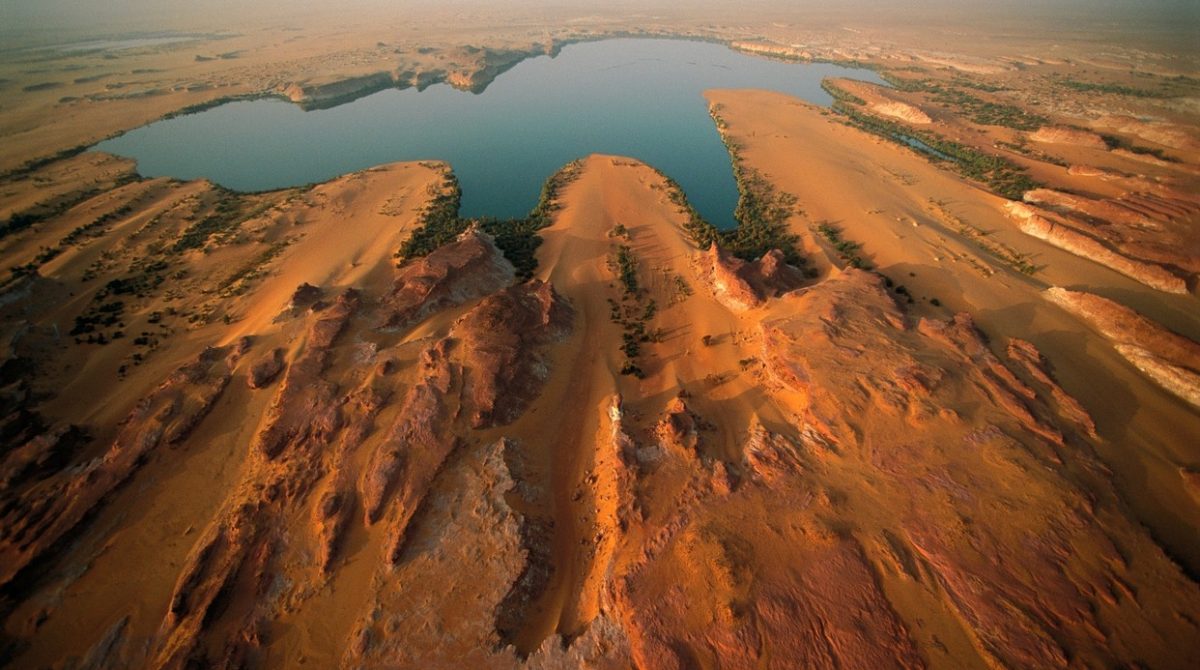
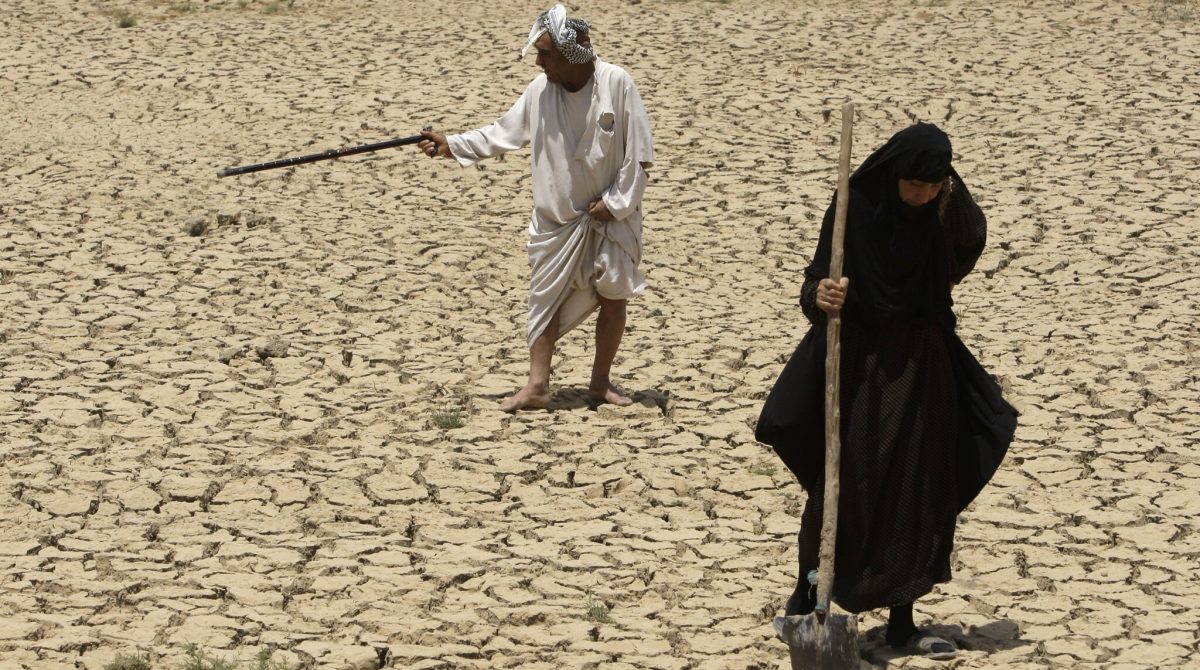
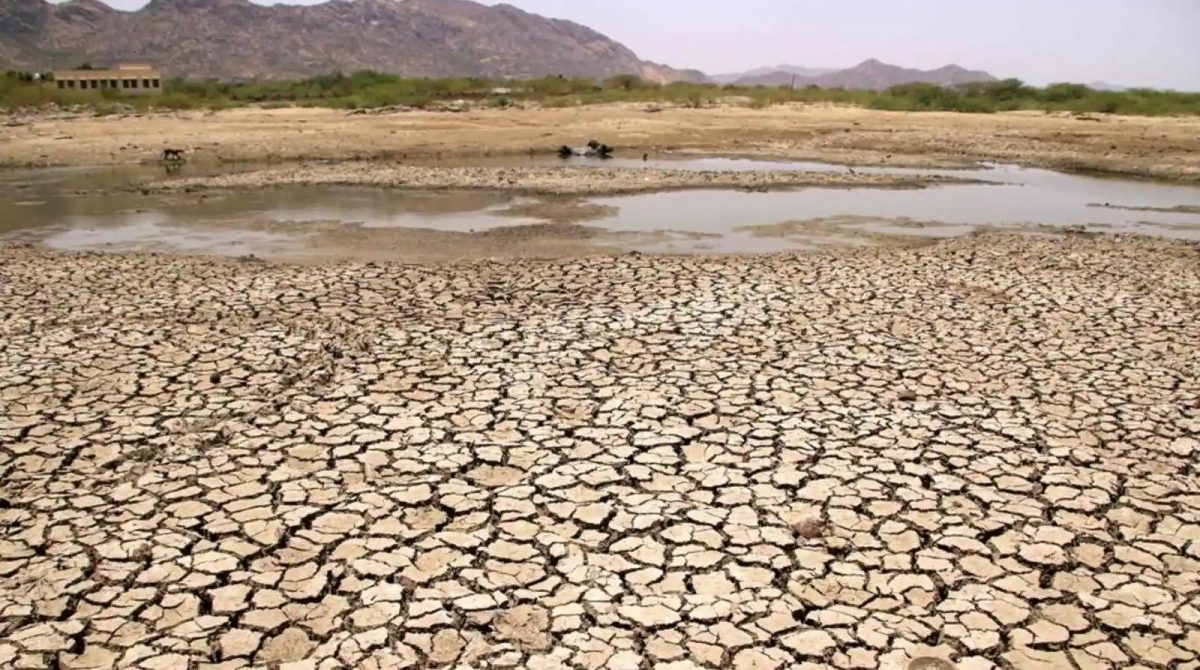
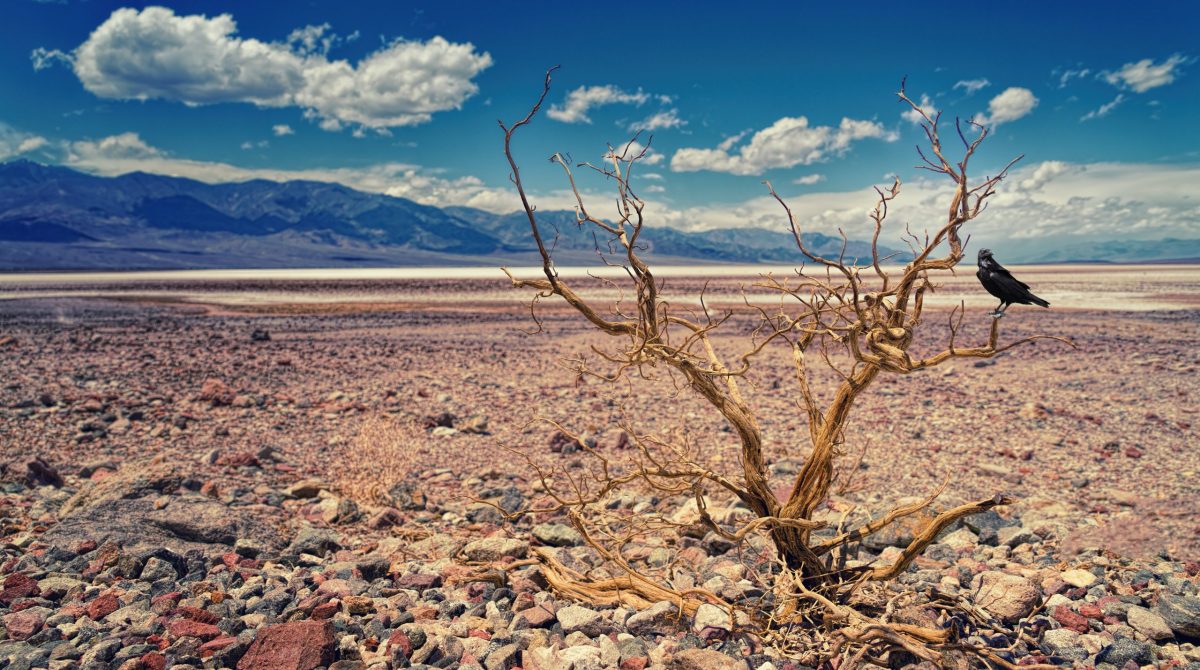
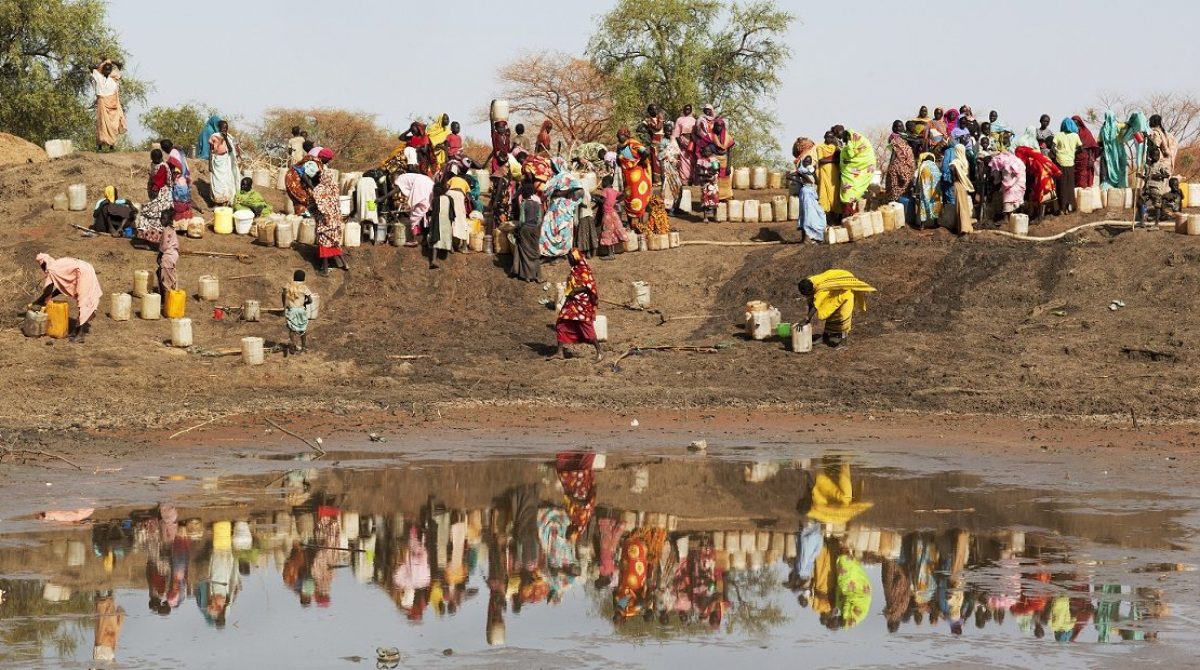
On assiste également à l’assèchement de plus en plus de rivières, preuve que les nappes phréatiques sont soumises à une surexploitation. Les immenses réserves d’eau découvertes sous le Sahara, et qui avoisinent les 30 000 kilomètres-cube, ne sont pas à ce jour une solution miracle, car elles ne sont pas facilement exploitables. De plus, elles représentent elles aussi une ressource épuisable, ce qui accentue la nécessité de trouver des solutions pérennes. La population augmente et selon une étude, devrait atteindre les 8 millions d’habitants d’ici 2030, autant d’individus qui auront besoin d’un accès durable à l’eau.
